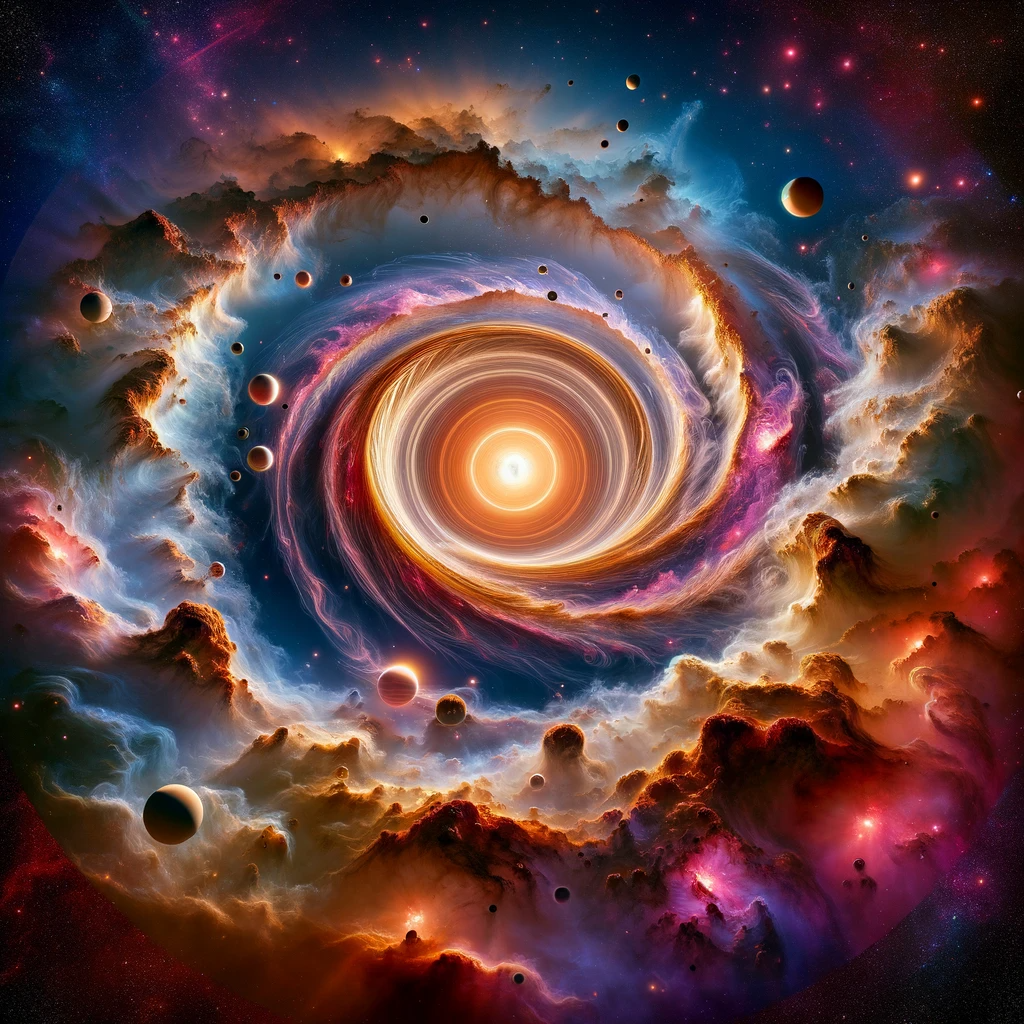The Beta Pic disk through the eyes of JWST - SSW
ABSTRACTS OF ORAL PRESENTATIONS
- Removed a total of (1) style text-align:center;
THE BETA PIC DISK THROUGH THE EYES OF JWST - ISABEL REBOLLIDO VÁZQUEZSince the first imaging observation of the Beta Pic disk in 1984, the astronomical community has thoroughly investigated this system, finding large amounts of dust and gas, exocomets, and two planets. All of this makes it the perfect laboratory to investigate the dynamics and chemistry of the late stages of planet formation. The JWST GTO 1411 program was designed to investigate the dust component at near- and mid-infrared wavelengths, providing new insights on the dust morphology, composition, and distribution. The combination of the high sensitivity of the on board instruments with the 4QPM and Lyot coronagraphs allows for the most detailed images of the Beta Pictoris disk so far at this wavelength range, revealing new features and details in the dust distribution. In this talk, I will present JWST NIRCam and MIRI coronagraphic images, ranging from 1.82 to 23 microns. I will also summarize the analysis of prominent disk features observed for the first time, and compare it to previous ground and space based observations at multiple wavelengths. |
PDF PRESENTATION
BETA PIC VIDEO
|
|

- Removed a total of (2) style text-align:center;
- Removed a total of (2) style text-align:justify;
- Removed a total of (1) style margin:0;
- Removed a total of (2) align=center.
- Removed a total of (1) border attribute.
- Removed a total of (1) cellpadding attribute.
- Removed a total of (1) cellspacing attribute.








































 Sign in
Sign in
 Science & Technology
Science & Technology